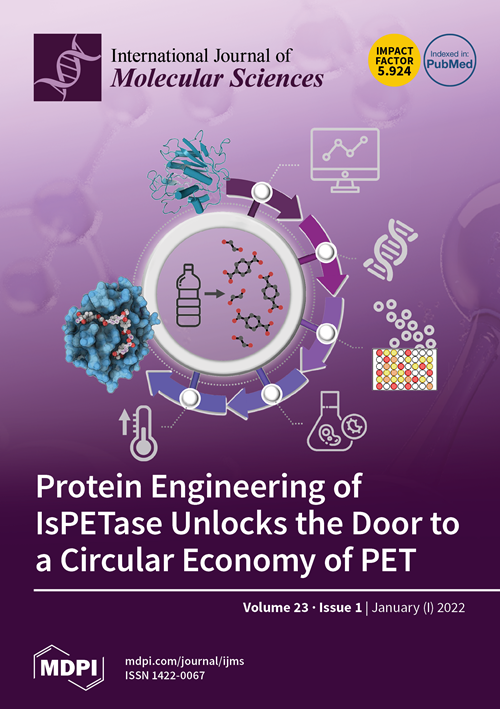Adaptive and Maladaptive DNA Breaks in Neuronal Physiology and Alzheimer’s Disease
IF 4.9
2区 生物学
Q1 BIOCHEMISTRY & MOLECULAR BIOLOGY
引用次数: 0
Abstract
DNA strand breaks excessively accumulate in the brains of patients with Alzheimer’s disease (AD). While traditionally considered random, deleterious events, neuron activity itself induces DNA breaks, and these “adaptive” breaks help mediate synaptic plasticity and memory formation. Recent studies mapping the brain DNA break landscape reveal that despite a net increase in DNA breaks in ectopic genomic hotspots, adaptive DNA breaks around synaptic genes are lost in AD brains, and this is associated with transcriptomic dysregulation. Additionally, relationships exist between mitochondrial dysfunction, a hallmark of AD, and DNA damage, such that mitochondrial dysfunction may perturb adaptive DNA break formation, while DNA breaks may conversely impair mitochondrial function. A failure of DNA break physiology could, therefore, potentially contribute to AD pathogenesis.神经元生理学和阿尔茨海默病中的适应性和非适应性 DNA 断裂
在阿尔茨海默病患者(AD)的大脑中,DNA链断裂过度累积。虽然传统上认为DNA断裂是随机的、有害的事件,但神经元活动本身就会诱发DNA断裂,这些 "适应性 "断裂有助于介导突触可塑性和记忆的形成。最近绘制大脑DNA断裂图谱的研究显示,尽管异位基因组热点DNA断裂净增加,但在AD患者大脑中,突触基因周围的适应性DNA断裂却消失了,这与转录组失调有关。此外,作为AD标志的线粒体功能障碍与DNA损伤之间也存在关系,线粒体功能障碍可能会扰乱适应性DNA断裂的形成,而DNA断裂可能会反过来损害线粒体功能。因此,DNA断裂生理机制的失效可能会导致注意力缺失症的发病。
本文章由计算机程序翻译,如有差异,请以英文原文为准。
求助全文
约1分钟内获得全文
求助全文
来源期刊

International Journal of Molecular Sciences
Chemistry-Organic Chemistry
CiteScore
8.10
自引率
10.70%
发文量
13472
审稿时长
17.49 days
期刊介绍:
The International Journal of Molecular Sciences (ISSN 1422-0067) provides an advanced forum for chemistry, molecular physics (chemical physics and physical chemistry) and molecular biology. It publishes research articles, reviews, communications and short notes. Our aim is to encourage scientists to publish their theoretical and experimental results in as much detail as possible. Therefore, there is no restriction on the length of the papers or the number of electronics supplementary files. For articles with computational results, the full experimental details must be provided so that the results can be reproduced. Electronic files regarding the full details of the calculation and experimental procedure, if unable to be published in a normal way, can be deposited as supplementary material (including animated pictures, videos, interactive Excel sheets, software executables and others).
 求助内容:
求助内容: 应助结果提醒方式:
应助结果提醒方式:


